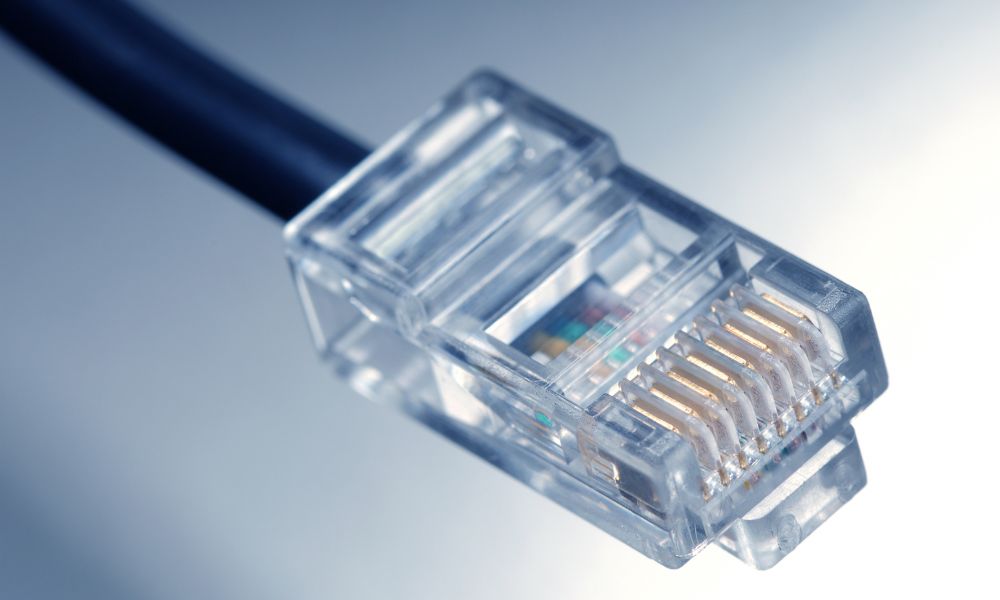
Numerous aspects of network technology require a thorough understanding to utilize it to the best of its ability. The 10/100/1000 Ethernet standard is an important topic for consumers and businesses. Some people are unaware of this standard and would benefit from comprehending how it affects their ability to transfer data in a network.
What Is the 10/100/1000 Ethernet Standard?
Various Ethernet cables offer different capabilities in data transfer, such as Cat 5, Cat 5e, or Cat 6. These cords’ manufacturing follows a standard of having a bandwidth of 10 Mbps, 100 Mbps, or 1,000 Mbps, set by the IEEE. These values make it easier to determine which cable will work best when connecting devices in a network.
How Does This Standard Affect Businesses?
Manufacturers and distributors of network cables need to understand the meaning of 10/100/1000 Ethernet standards to ensure the product they make or sell is optimal and convenient for customers. Cat cables have these specific rates of 10, 100, or 1,000 Mbps, making them easier to categorize.
Businesses using network cables will need to buy them in bulk, depending on their network needs. Suppose the business has devices with high transfer rate requirements. In that case, Ethernet cables with high megabit transfer rates are the best choice. Understanding the standard in which Ethernet cords are manufactured for speeds will prevent individuals from buying unnecessary equipment, such as bulk coaxial cables, that generally handle speeds of 10 Mbps.
Is This Standard Important for Creating My Network?
Whether you run a business or are setting up a home network, it’s important to understand the meaning of the 10/100/1000 standard. If your network requires transfer speeds of up to 450 Mbps, then you’ll need to understand why a Cat 5 cable wouldn’t be the best choice. The cord with the standard of 1,000 Mbps is the best choice because it can handle transfers that are less than or equal to that maximum speed.
The 10/100/1000 Ethernet standard can also act as a range to make it easier to set up a network. If you have devices with a required data speed greater than the Cat 5’s 10 Mbps, you’ll need a Cat 5e that will supply 100 Mbps to ensure the connection will handle it. The standard simplifies cable management and implementation while making it easier for companies to sell their products.
The 10/100/1000 standard is useful for numerous people. Those who understand this standard will have an easier time understanding why Ethernet cables have the features they do and can potentially upgrade their network for faster speeds.



